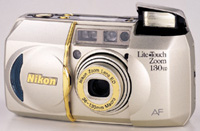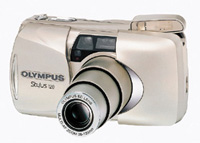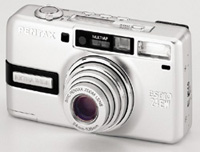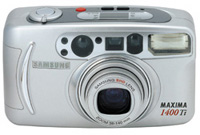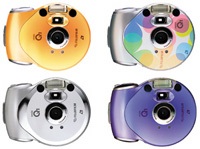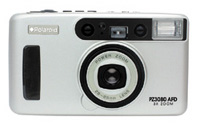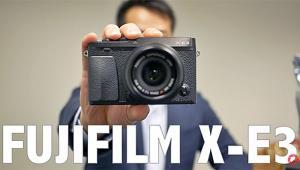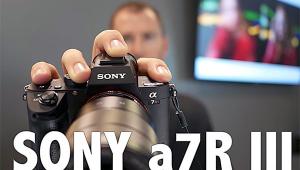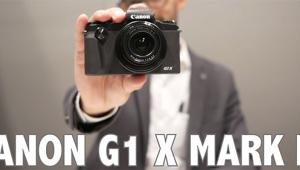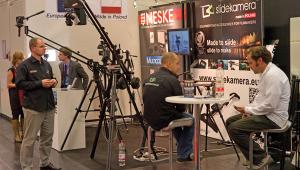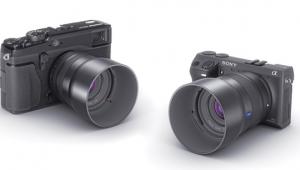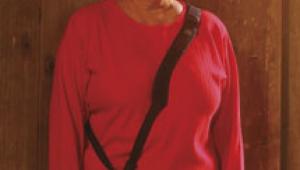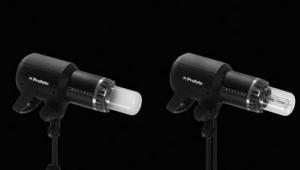New 35mm And APS Compact Cameras
Smaller, Lighter More Affordable Models
Because many consumers still
consider digital cameras as "too expensive" or "too
complicated," the lens/shutter 35mm and APS zoom cameras continue
to sell quite well. The trend is toward smaller and lighter cameras
at ever decreasing prices. In order to maximize simplicity and affordability,
most of the new models are quite basic, at least when compared to cameras
of the late 1990s with their multitude of buttons for creative controls
plus some esoteric features. |
||
Fuji Models With Long
Zooms |
||
Nikon Cameras With
ED Lenses |
||
High Tech Canon Duo
|
||
Olympus Splash-Proof
Duo |
||
New Pentax ESPIO Series |
||
If you prefer a camera with
a shorter lens for true wide angle effects, check out the new ESPIO24EW
DATE, with its 24-105mm aspherical zoom. This is the only compact camera
with a 4.4-times zoom ratio and a 24mm focal length. Made of aluminum
for visual and tactile appeal, this lightweight (7.1 oz) camera fits into
a shirt pocket or a small purse. Its passive, seven-point autofocus system
ensures focus accuracy on most any subject type while spot AF allows for
focusing on a single, small element. |
||
Ultralight Vivitar
|
||
Samsung Maxima Series |
||
Cameras For Under $100
|
||
Now marketed by Concord, the Polaroid line of 35mm cameras also targets the first-time buyer with new models starting at under $50 (PZ1800 with 28-50mm zoom and fixed focus). The top of the line PZ3080 AFD model sells for $99 and includes a 28-85mm zoom lens, great for wide angle effects and tight portrait photos, with active autofocus, plus selectable date/time imprinting. |
||
While some industry analysts consider the APS format to be close to extinction, both Kodak and Fuji report increasing sales for their inexpensive 24mm models, particularly among teens. My own 17-year-old daughter wants one, too, because several of her friends use a "cool" Kodak Advantix model with flip-up flash. (Kodak claims that 13 percent of households already own an APS camera.) Interestingly, neither company seem to have any plan to design more advanced APS cameras and Kodak will not be producing the Advantix Easy Share--a hybrid, combining the benefits of film and digital imaging--that was shown as a prototype at PMA 2002. |
||
To meet a continuing, strong
demand in the low price range, Kodak introduced four new APS models ranging
from the basic T20 ($25) to the T70 with a 24-40mm zoom and flash, to
sell for $69 in a gift pack, including Advantix 400 film, batteries, strap,
and a processing coupon. A Fuji rep was equally enthusiastic about their
line of $50 APS cameras (Street Price). In order to increase sales, the
Q1 line will be "freshened" this year, with entirely new colors
in packaging "with a pop art look that appeals to both moms and
their teen daughters." Since most teens receive a camera as a gift--as
an economical long-term alternative to single-use cameras--the marketing
approach used by both companies (and some other manufacturers) should
assure the long-term success of the APS format. |
- Log in or register to post comments


